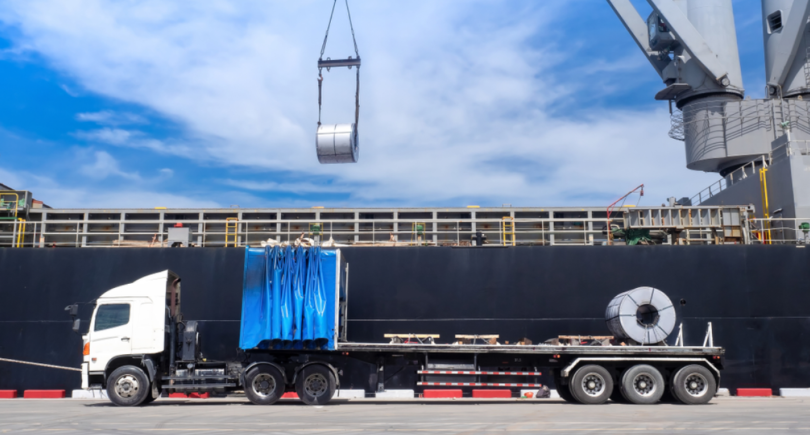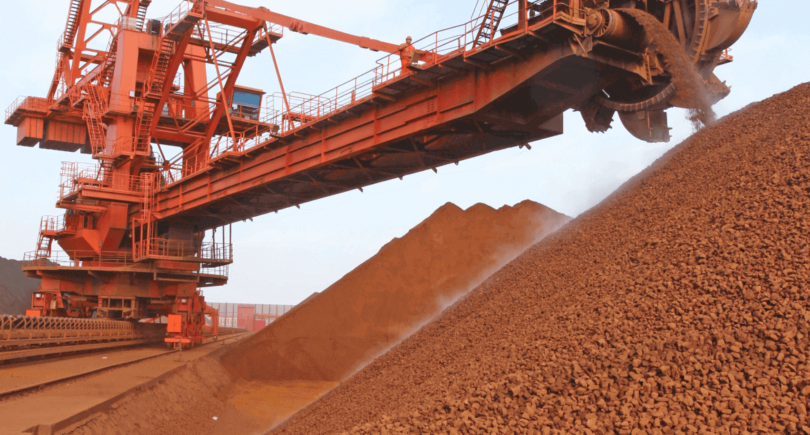
News Global Market decarbonization 1959 18 September 2024
Production increased from 34.7 million tons to 51.5 million tons. At the same time, by 2030, this indicator is likely to exceed 75 million tons
Over the past 5 years, India has increased its direct reduced iron (DRI) production by 8%, from 34.7 million tons in FY 2018/2019 to 51.5 million tons in FY 2023-2024. At the same time, the growth rate of steel production during this period was 5%. This is stated in the Crisil report, Kallanish reports.
By 2030, Indian companies are expected to increase DRI production to 75 million tons, continuing the growth trend of previous years.
During the 2023/2024 fiscal year, small and medium-sized companies produced 71% of direct reduced iron in the local market. Large companies accounted for another 29%.
Demand for the relevant raw materials comes mainly from the long products sector. Over the past 5 years, the share of long products in the country’s total steel production has increased from 52% to 55% due to the development of construction and infrastructure projects. However, as Crisil notes, the share of flat products is likely to increase in the next 3 years as large companies increase capacity, mainly in blast furnace production. Nevertheless, in absolute terms, long products will continue to outnumber flat products.
The two key raw materials for DRI production are iron ore and coal. India is self-sufficient in iron ore, but imports 30-40% of its steam coal needs, mainly from South Africa and Indonesia.
India’s iron ore production amounted to 277 million tons in FY2023/2024 and is expected to grow by 7-9% over the next 5 years. The output of pellets is also expected to increase due to increased capacity and growing demand from the steel industry.
As GMK Center reported earlier, India’s steel industry will require investments of approximately $283 billion to decarbonize existing plants.
The plans should focus on increasing the integration of renewable energy sources in the steel sector to 43% by FY2029/2030, up from 7.2% in FY2021/2022. In addition, the country may reduce taxes on green steel production to encourage its adoption, along with mandating the use of greener raw materials for luxury car manufacturers.




